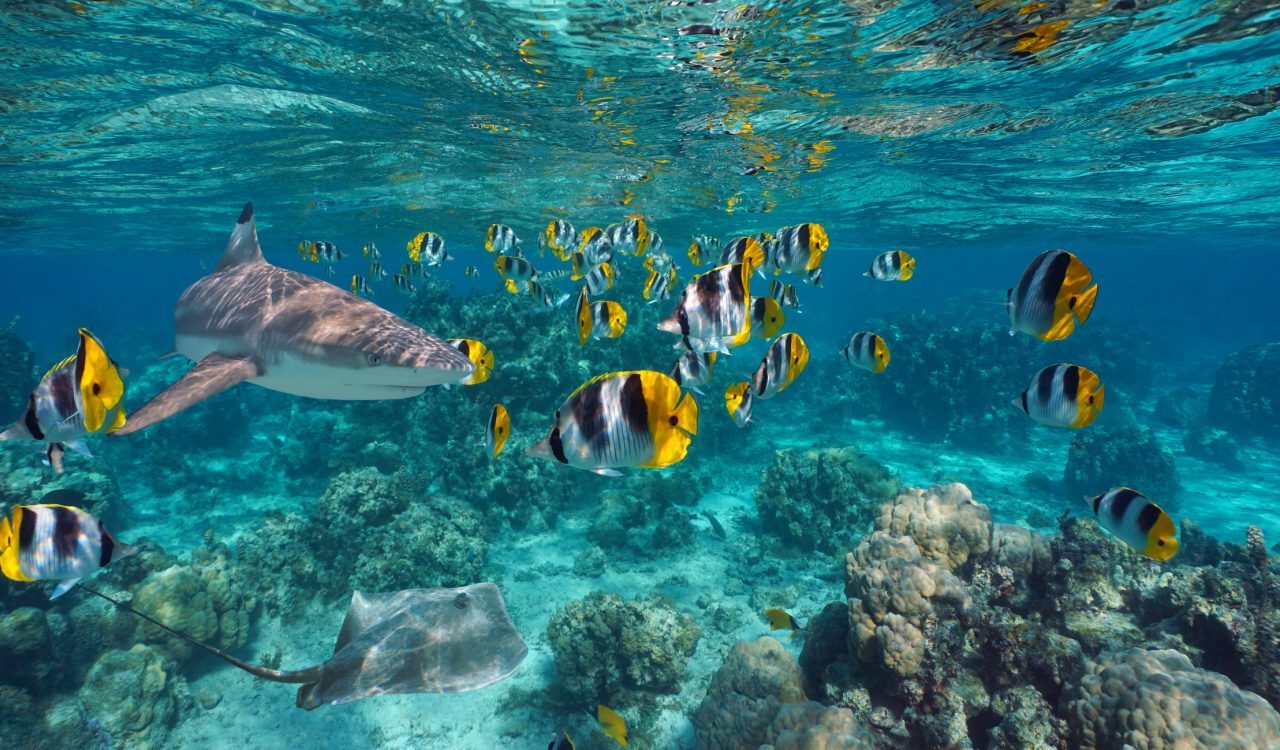
What is the International Union for Conservation of Nature (IUCN)? The International Union for Conservation of Nature (IUCN) is a global organization dedicated to conserving nature and ensuring sustainable use of natural resources. Founded in 1948, it brings together governments, NGOs, scientists, and experts to address pressing environmental issues. The IUCN is best known for its Red List of Threatened Species, which assesses the conservation status of plant and animal species worldwide. This list helps guide conservation actions and policies. The IUCN also works on various projects related to biodiversity, climate change, and sustainable development. With over 1,400 member organizations, it plays a crucial role in shaping global conservation efforts.
Key Takeaways:
- The International Union for Conservation of Nature (IUCN) is a global organization that works to protect nature and promote sustainable practices. It assesses the conservation status of species and collaborates with various partners to achieve its goals.
- Through its initiatives and partnerships, the IUCN has made significant contributions to global conservation efforts, including the establishment of protected areas and the recovery of endangered species. Its work has also influenced environmental policies and legislation worldwide.
What is the International Union for Conservation of Nature (IUCN)?
The International Union for Conservation of Nature (IUCN) is a global authority on the status of the natural world and the measures needed to safeguard it. Founded in 1948, the IUCN brings together governments, civil society organizations, scientists, and experts to work on conservation and sustainable development.
- The IUCN was established in 1948 in Fontainebleau, France.
- It is the world's oldest and largest global environmental network.
- The IUCN has over 1,400 member organizations, including states, government agencies, and NGOs.
- Its headquarters are located in Gland, Switzerland.
IUCN's Mission and Vision
The IUCN aims to influence, encourage, and assist societies worldwide to conserve nature and ensure that any use of natural resources is equitable and ecologically sustainable.
- The IUCN's mission is to "influence, encourage and assist societies throughout the world to conserve nature."
- Its vision is "a just world that values and conserves nature."
- The IUCN works through six commissions focusing on different aspects of conservation and sustainable development.
The IUCN Red List
One of the IUCN's most well-known initiatives is the IUCN Red List of Threatened Species, which assesses the conservation status of species worldwide.
- The IUCN Red List was established in 1964.
- It is the world's most comprehensive inventory of the global conservation status of biological species.
- The Red List categorizes species into nine groups ranging from "Least Concern" to "Extinct."
- Over 120,000 species have been assessed for the Red List.
Key Programs and Initiatives
The IUCN runs various programs and initiatives aimed at addressing critical conservation issues and promoting sustainable practices.
- The IUCN Species Survival Commission (SSC) works on the conservation of species.
- The IUCN World Commission on Protected Areas (WCPA) focuses on establishing and managing protected areas.
- The IUCN Commission on Ecosystem Management (CEM) promotes integrated ecosystem approaches.
- The IUCN Global Forest Program works to conserve and restore the world's forests.
Partnerships and Collaborations
The IUCN collaborates with a wide range of partners to achieve its conservation goals, including governments, NGOs, and the private sector.
- The IUCN has formal partnerships with over 1,000 organizations worldwide.
- It works closely with the United Nations and other international bodies.
- The IUCN collaborates with businesses to promote sustainable practices.
- It also engages with indigenous peoples and local communities to support conservation efforts.
Achievements and Impact
The IUCN has made significant contributions to global conservation efforts and has been instrumental in shaping environmental policies and practices.
- The IUCN played a key role in the establishment of the Convention on Biological Diversity (CBD).
- It has helped create over 10,000 protected areas worldwide.
- The IUCN's work has led to the recovery of several endangered species.
- It has influenced national and international environmental policies and legislation.
- The IUCN's scientific research and publications are widely used by policymakers, researchers, and conservationists.
Final Thoughts on IUCN Facts
Understanding the International Union for Conservation of Nature (IUCN) helps us appreciate its vital role in protecting our planet. From its Red List of Threatened Species to its efforts in conservation policy, the IUCN's work impacts global biodiversity. Knowing these facts can inspire us to support conservation efforts and make more eco-friendly choices. The IUCN's influence extends beyond just research; it fosters collaboration among governments, NGOs, and communities. This collective effort is crucial for tackling environmental challenges. By staying informed, we can contribute to a healthier planet. So, next time you hear about the IUCN, remember its significant contributions and consider how you can get involved. Every small action counts in the grand scheme of conservation.
Frequently Asked Questions
Was this page helpful?
Our commitment to delivering trustworthy and engaging content is at the heart of what we do. Each fact on our site is contributed by real users like you, bringing a wealth of diverse insights and information. To ensure the highest standards of accuracy and reliability, our dedicated editors meticulously review each submission. This process guarantees that the facts we share are not only fascinating but also credible. Trust in our commitment to quality and authenticity as you explore and learn with us.
